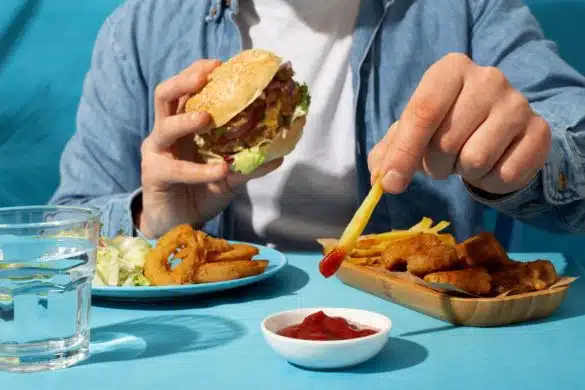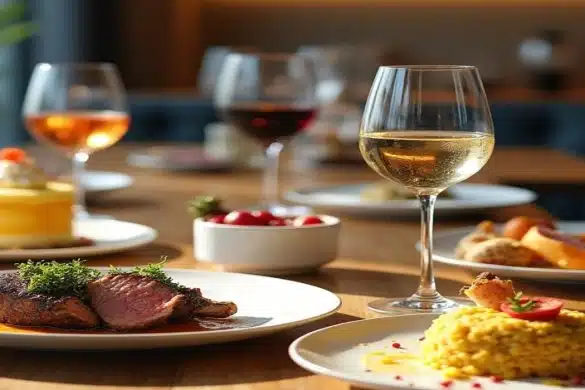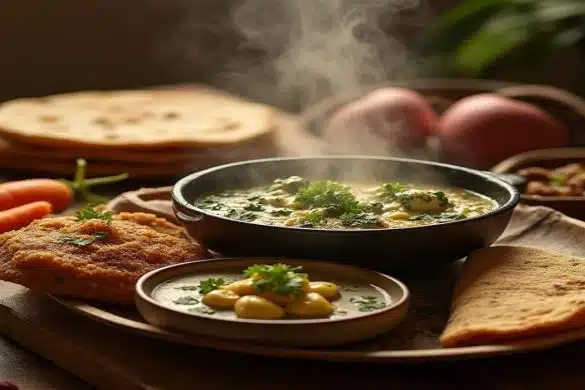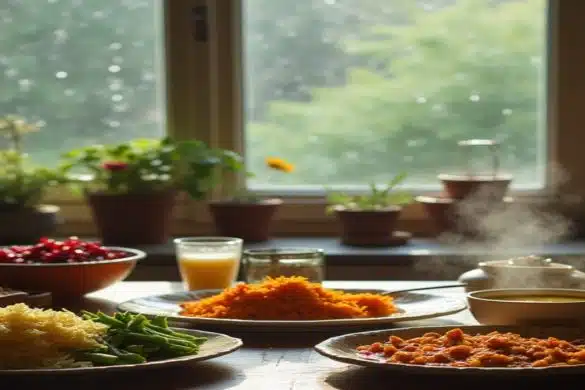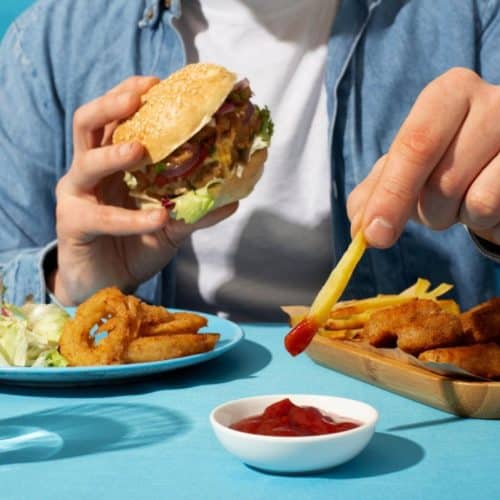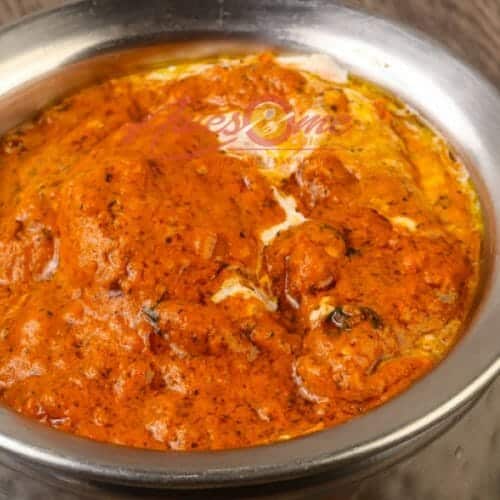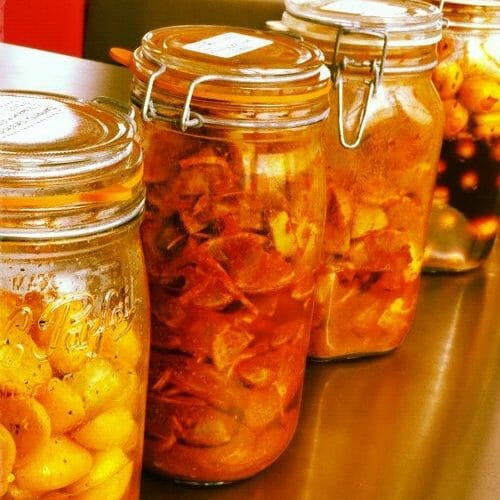If you’ve ever stood in the grocery aisle, holding a bottle of olive oil and wondering, “Will this ruin my tadka?”—you’re not alone.
For years, Indian kitchens have relied on mustard oil, ghee, or sunflower oil. But olive oil is quietly entering the chat—and not just for salad dressings.
It promises better heart health, lighter meals, and that fancy “cold-pressed” label—but is it really built for bhindi fry or rajma?
Before you write it off (or commit fully), here’s what you actually need to know to make olive oil work for your everyday Indian cooking.
What Is Olive Oil & Why Is It So Hyped?
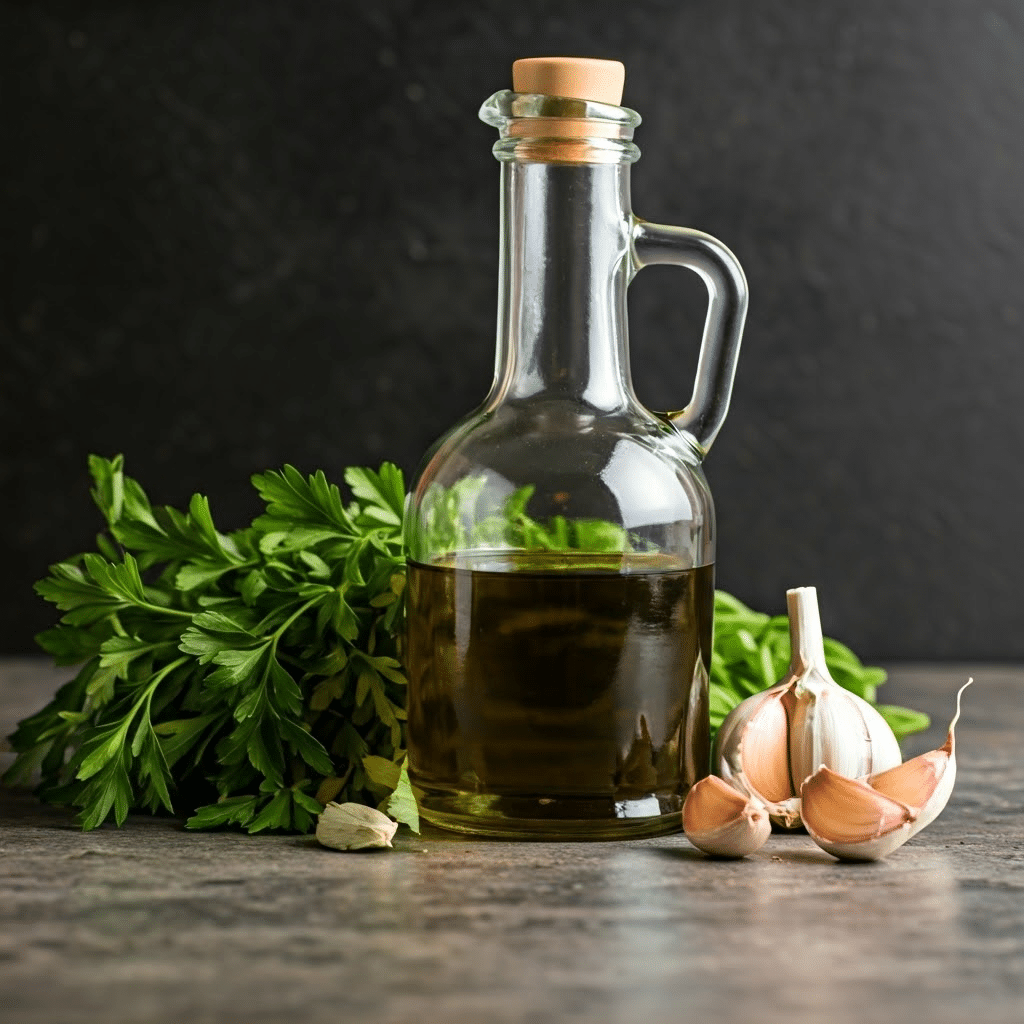
Olive oil bottle with herbs
Olive oil is made by pressing olives—simple, right? But the real magic is in what it doesn’t have: no trans fats, no heavy processing (especially in the extra virgin kind), and none of that greasy aftertaste you get with some other oils.
Extra virgin olive oil (EVOO) is the purest form, packed with natural antioxidants and a fruity aroma. It’s best for low to medium-heat cooking or as a finishing drizzle. Refined or “light” olive oil, on the other hand, has a higher smoke point and is more neutral in taste—great for Indian stir-fries, roasting, or even frying.
Also read: Master oil-smart cooking with these healthy kitchen hacks →
What People Think About Cooking Indian Food with Olive Oil
Turns out, you’re not the only one debating olive oil vs ghee in your kitchen. A Reddit thread titled “Can We Cook Indian Food in Olive Oil?” sparked dozens of responses from home cooks—some loyal to mustard oil, others proudly using EVOO in everything from dal to sabzis (except deep frying, of course).
Some shared how they made the switch for health reasons. Others warned about taste mismatches or fake olive oils flooding the market. And then there’s the classic: “My mom still refuses to part with mustard oil.”
One thing’s clear—there’s no single right answer. But the conversation is honest, funny, and surprisingly helpful.
Read the full Reddit thread here to see what real home cooks are saying.
What Are the Health Benefits of Cooking with Olive Oil?
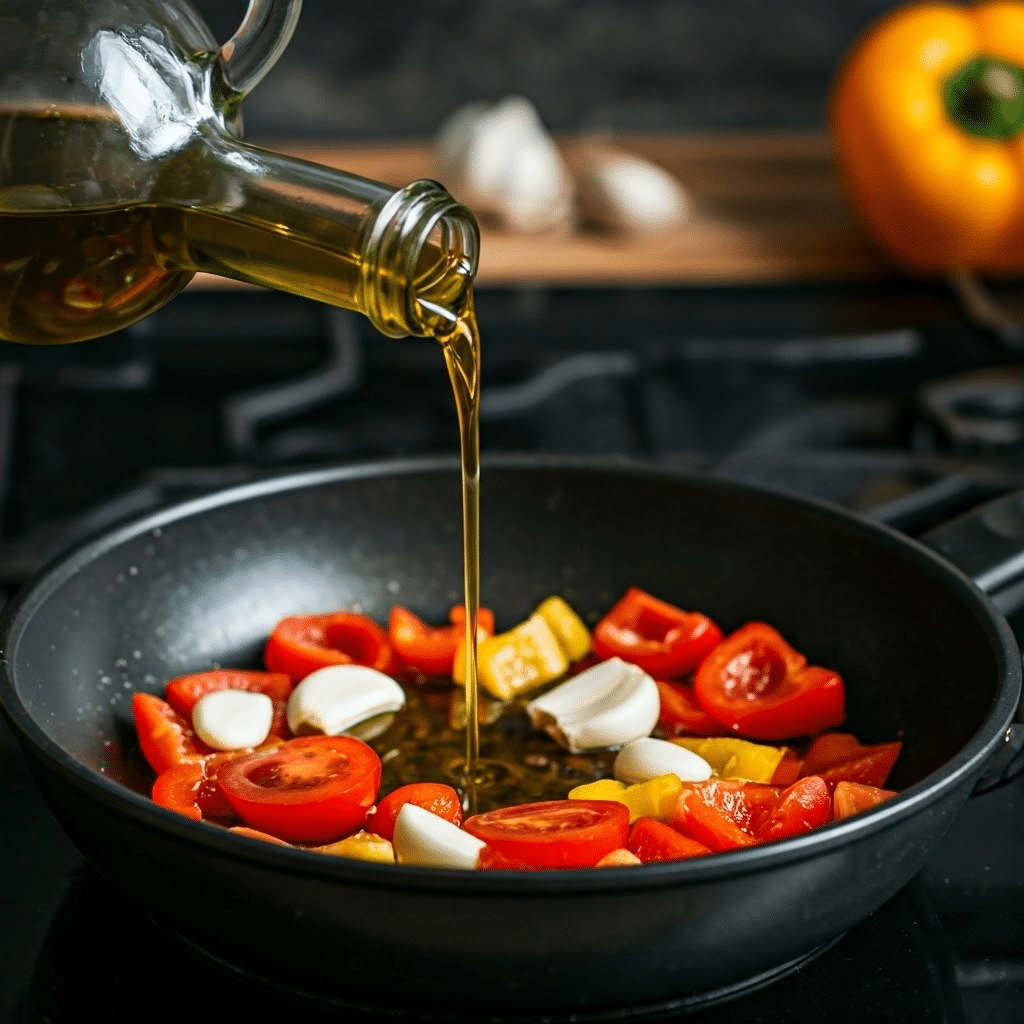
Olive oil poured on veggies
We all know someone who’s bought a fancy bottle of olive oil… only to let it sit untouched next to the mustard oil and ghee. But here’s the thing—olive oil isn’t just a Western health fad. It’s actually a smart addition to your Indian kitchen, especially if you’re trying to eat healthier without giving up flavour.
Olive oil works with your body, not against it. It stabilizes blood sugar, supports heart health, and even plays nice with your sabzis and rotis.
Here’s what makes it more than just a pretty bottle on your shelf:
1. It’s kinder to your heart (unlike that third pakora)
Olive oil is rich in oleic acid, a heart-healthy fat that lowers your LDL (bad cholesterol) and supports the good kind (HDL). If your meals involve fried snacks, ghee-laced curries, or Sunday parathas, even switching out a portion of your usual oil can help reduce long-term risk.
Try this: Use light olive oil for frying aloo or bhindi instead of refined oils. You won’t miss the old stuff—we promise.
2. It fights inflammation—without a prescription
Extra virgin olive oil is full of polyphenols (like oleocanthal) that have anti-inflammatory powers similar to ibuprofen—minus the side effects. It’s especially useful if you deal with joint pain, high blood pressure, or a family history of lifestyle diseases.
Pro move: Finish your cooked dal or khichdi with a drizzle of EVOO instead of more ghee. It still adds richness, but with bonus health points.
3. Keeps you fuller, longer (so you snack less at 5 p.m)
Olive oil helps slow down digestion, which means you stay satisfied longer after meals. If your typical lunch is rice, sabzi, and curd, a touch of olive oil can reduce that 4 PM kitchen raid for biscuits or bhujia.
Smart switch: Add a spoon of olive oil to your chapati dough—it makes them soft and keeps hunger away longer.
4. Helps manage blood sugar (so post-meal naps aren’t mandatory)
Olive oil slows the release of glucose after a meal, which helps avoid sugar crashes and energy dips. If you’re managing insulin resistance or borderline sugar, this one’s a game-changer.
Easy tip: Stir a bit of olive oil into your poha or toss your roasted veggies in it—it blends in quietly but does the work.
5. May protect your memory (and help you find your car keys)
Studies show that regular consumption of extra virgin olive oil may help preserve brain function and delay age-related memory decline. Antioxidants like vitamin E in olive oil protect your brain cells from damage.
Fun fact: Even a weekly drizzle on salad or soup adds up. No need to go full-Mediterranean diet overnight.
6. Gives your gut bacteria something to celebrate
Olive oil supports the growth of good gut bacteria, which are linked to everything from better digestion to clearer skin and improved mood. Your gut is basically your second brain—and olive oil keeps it happy.
Subtle switch: Use it in tempering (with the flame low) or blend it into chutneys and dips—it’s good for your tastebuds and your tummy.
Types of Olive Oil (and When to Use Each in Your Kitchen)
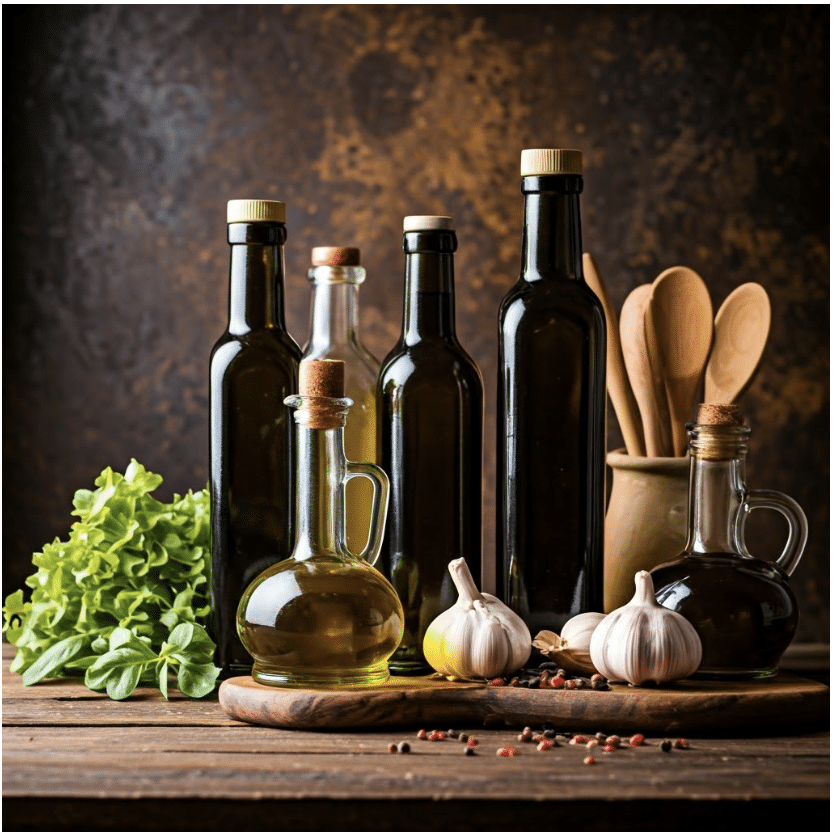
Variety of olive oils in kitchen
Choosing the right type of olive oil is more than just picking the fanciest bottle—it’s about knowing which oil works best for your cooking style. Indian recipes involve everything from deep frying to raw toppings, and not all olive oils are suited to every method.
Here’s a breakdown of the main types of olive oil, and how to use them effectively in Indian cooking:
1. Extra Virgin Olive Oil (EVOO)
Best for: Drizzling, salad dressings, raitas, cooked dals, baking
Key characteristics:
- Made from the first cold pressing of olives
- Retains the highest level of antioxidants and nutrients
- Strong, fruity aroma and peppery aftertaste
When to use it:
EVOO is not heat-stable enough for deep frying or tadka but shines in cold applications or light cooking. Add it to cooked dals, use it in raitas or Mediterranean-inspired salads, or even in baking (like olive oil cakes or breads).
Pro tip: EVOO pairs well with dishes that already use fresh herbs or citrus—think lemon rice, mint chutney, or tomato-based sabzis.
2. Virgin Olive Oil
Best for: Sautéing vegetables, making curry bases, shallow frying
Key characteristics:
- Slightly lower quality than EVOO, but still unrefined
- Milder taste and higher smoke point
- Retains some antioxidants and flavour compounds
When to use it:
Ideal for dishes that involve moderate heat and a bit of browning—like onion-tomato masalas, stir-fried bhindi, or mildly spiced pulao. It offers the right balance of flavour and cooking performance.
Pro tip: If you want a lighter flavour than EVOO without switching to refined oil, virgin olive oil is a solid middle ground.
3. Pure or “Light” Olive Oil (Refined)
Best for: Deep frying, grilling, roasting, parathas
Key characteristics:
- Made by refining lower-grade olive oils
- Has a high smoke point (~240°C)
- Very light flavour—doesn’t impact the taste of spices
When to use it:
Use this for anything that needs high-heat cooking: frying pakoras, making parathas, roasting potatoes, or grilling paneer. It won’t burn easily and won’t compete with bold Indian spices.
Pro tip: Don’t confuse “light” olive oil with lower calories—it just means light in flavour and colour.
How to Store Olive Oil (So It Doesn’t Turn Into a Bitter Regret)
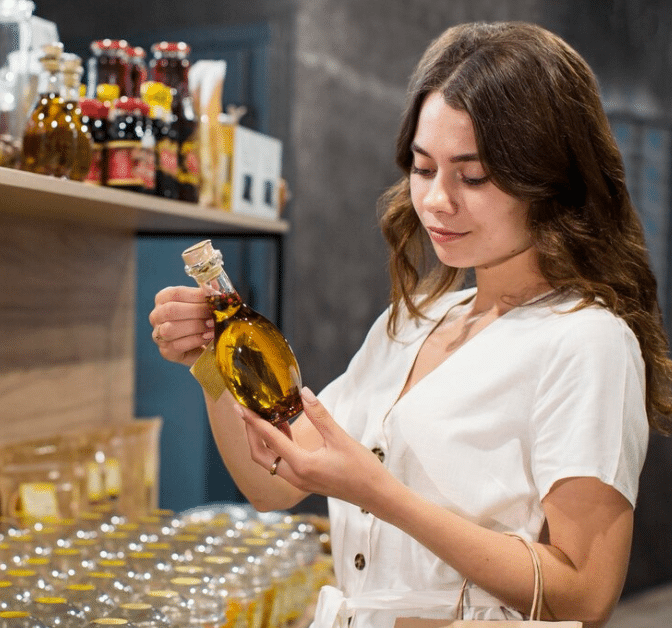
Photography of a woman storing olive oil
Olive oil may be heart-healthy, but it’s also a little high-maintenance. Unlike mustard oil or ghee, it doesn’t handle heat, light, or air very well.
If you’ve invested in a good bottle, here’s how to keep it fresh and flavourful—so you don’t end up with something bitter and unusable in a month.
1. Keep it cool—but not in the fridge
Store your olive oil in a cool, dark place like a closed kitchen cabinet—away from your stove, windows, or microwave. Temperature swings and light exposure are the fastest ways to spoil it.
2. Choose the right container
- Glass bottles (dark-colored): Look nice and are widely available, but allow in light if left out.
- Metal tins: Excellent for bulk buying or longer storage—no light, minimal air exposure.Avoid plastic bottles if possible—especially in India’s warmer climates. They can leach chemicals and reduce shelf life.
3. Use smaller containers for daily use
Instead of opening and closing one large bottle every day, transfer a small amount into a separate, airtight pourer or jar.
This reduces air exposure, keeps the main bottle sealed longer, and makes everyday cooking less messy.
4. Use it within 6–12 months
Good olive oil doesn’t last forever.
- Once opened, aim to finish it in 6 months for peak flavour.
- If unopened and stored well, it can last 12–18 months from the date of bottling.
Quick check: If it smells waxy, musty, or like crayons—it’s time to let it go.
Also read: Crispy, spicy, and heart-healthy: Try these olive oil sweet potato fries →
How to Cook with Olive Oil: Techniques That Work in Indian Kitchens
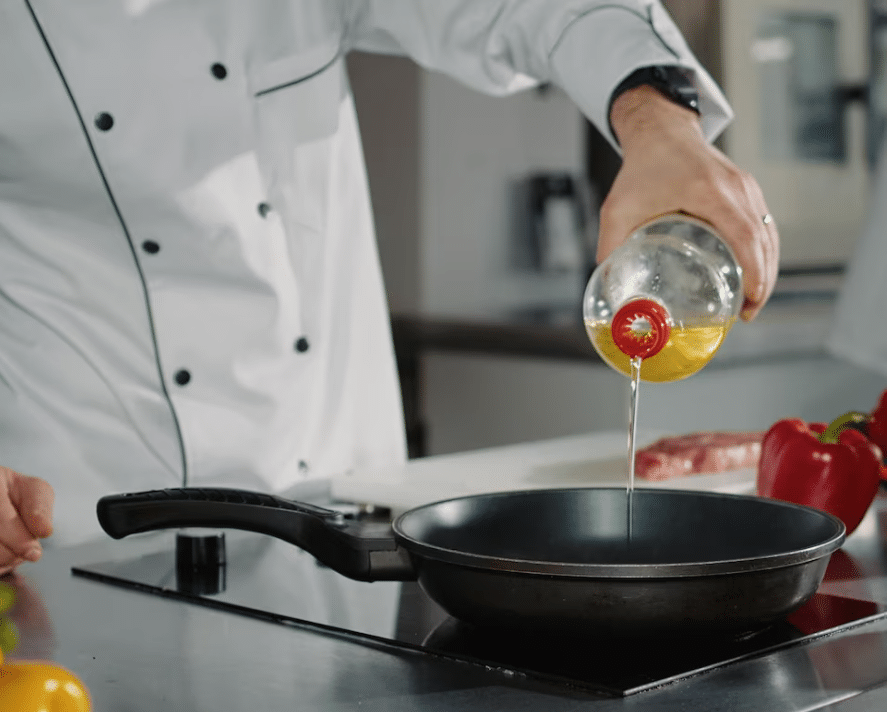
Photography of cooking with olive oil
Using olive oil in Indian cooking isn’t just about making a healthy switch—it’s about knowing when to use which type, how to cook with it without losing its benefits, and how to balance flavour with tradition.
Here’s how to get the most out of every drop of olive oil in your everyday meals:
1. Choose the right oil based on heat and time
- Extra virgin olive oil (EVOO): Best for low to medium heat and quick cooking. Use for sautéing vegetables, light stir-fries, or drizzling over warm dishes.
- Refined or light olive oil: Has a high smoke point (~240°C), making it ideal for deep frying, paratha roasting, or anything that simmers for a while—like gravies or kormas.
Tip: Even low heat over a long period can degrade EVOO. For anything slow-cooked, refined oil is a safer choice.
2. Master these key olive oil techniques
Sautéing
- Heat your pan first, then add olive oil.
- Keep the flame medium. If it smokes, it’s too hot.
- Add onions and aromatics first, then dry spices, then veggies.
Roasting
- Toss veggies with olive oil, salt, and spices.
- Spread on a baking tray and roast at 200°C.
- Works beautifully for potatoes, cauliflower, and even chickpeas with Indian masalas.
Tadka (Tempering)
- Heat the pan and then reduce to low.
- Add olive oil and whole spices (like cumin, mustard, or hing).
- Let the spices bloom without letting the oil burn.
Finishing Touch
- Drizzle EVOO over dals, khichdi, or even chole after cooking to retain its antioxidants and add a subtle layer of flavour.
Also read: This bean salad proves olive oil isn’t just for Western food →
What Can You Cook with Olive Oil? Try 4 These Dishes
The beauty of olive oil lies in its versatility. Whether you’re baking, grilling, or simply sautéing, it can enhance flavour while boosting nutritional value.
Here are some olive oil-based recipes that work well for Indian or fusion meals:
1. Mediterranean-Style Olive Oil Pasta
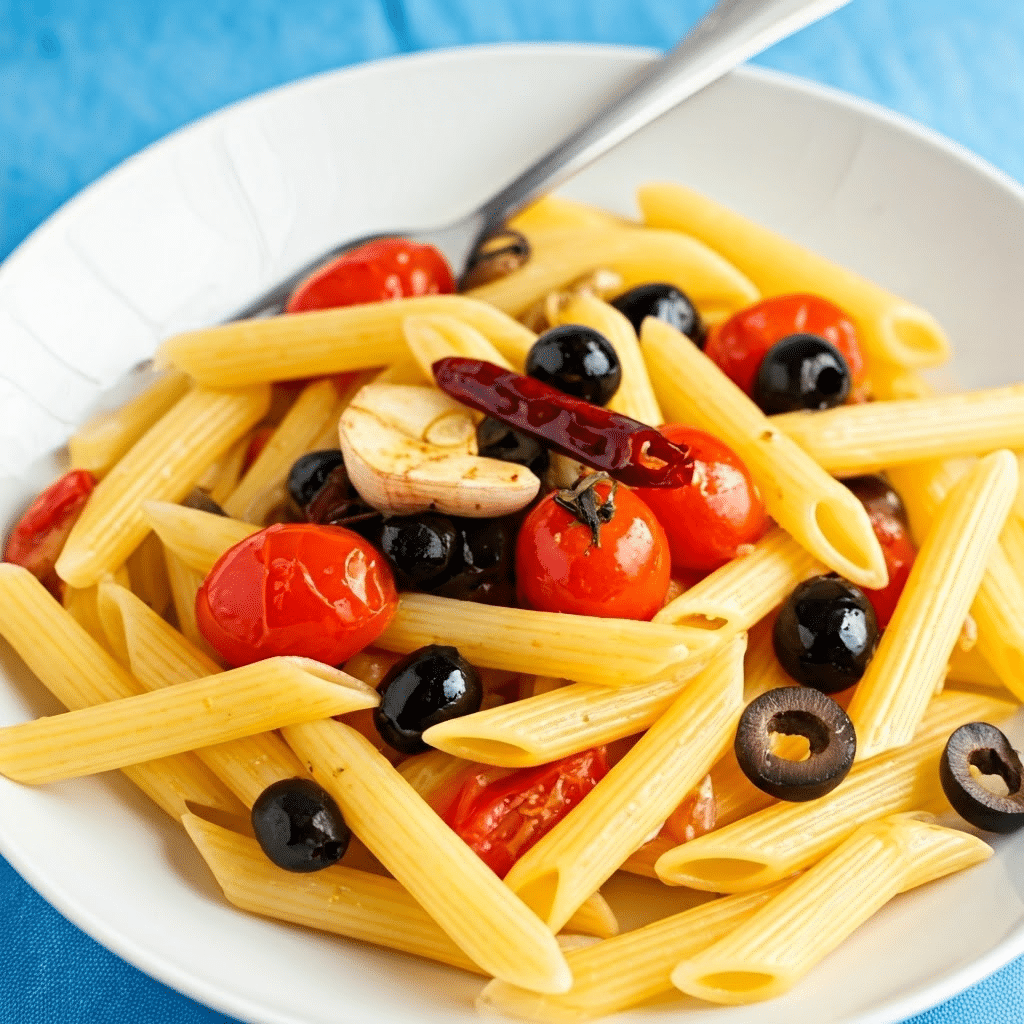
Mediterranean Olive Oil Pasta
Type of oil to use: Extra virgin olive oil (EVOO)
Why it works: Brings richness without needing cream or butter
Start with al dente pasta. In a pan, lightly sauté garlic in EVOO, then add chopped tomatoes, olives, capers, and a pinch of red chilli flakes. Toss in the pasta (here’s our guide to making the perfect pasta every time) and let the olive oil coat everything. Garnish with fresh herbs or grated paneer.
Desi twist tip: Add a spoonful of kasuri methi or garam masala for a fusion spin.
2. Olive Oil-Infused Breads (Chapati or Loaf)
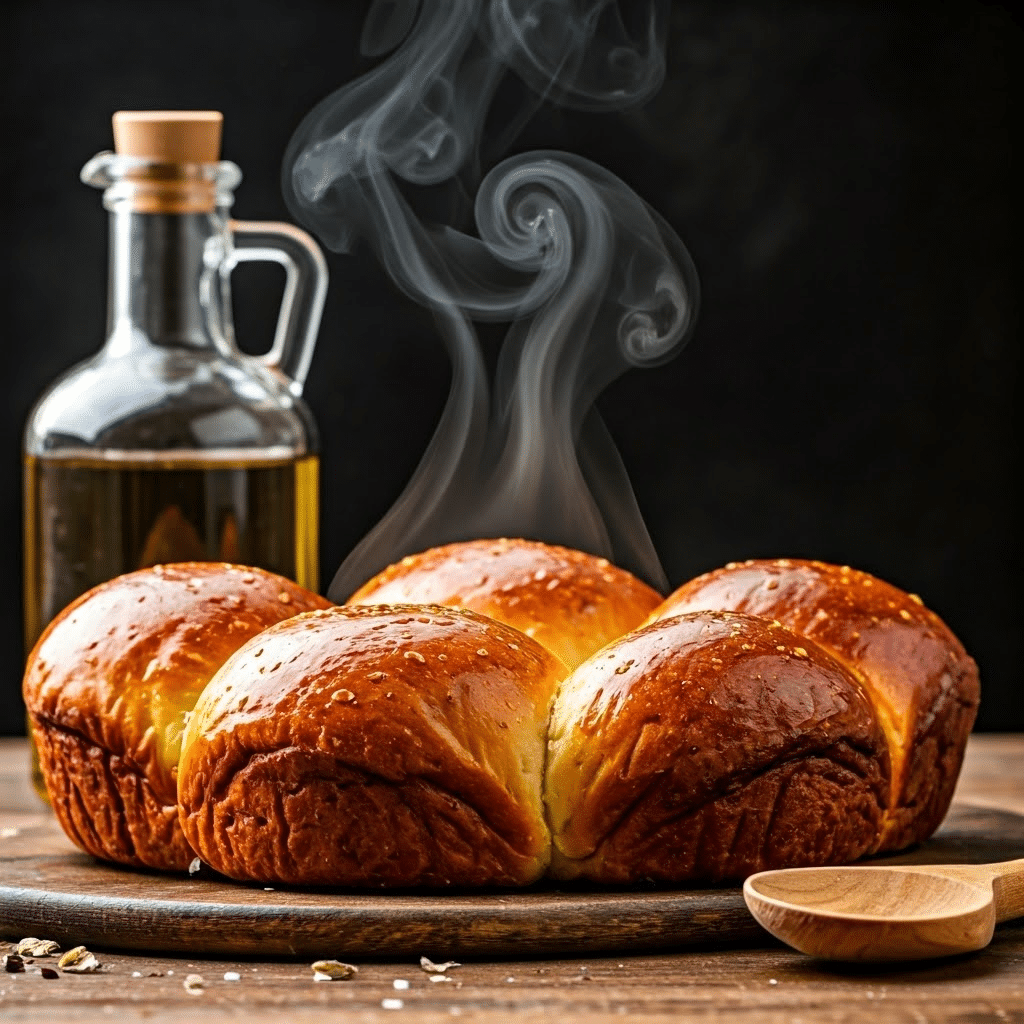
Olive Oil Infused Breads
Type of oil to use: Extra virgin or virgin olive oil
Why it works: Adds softness and moisture to dough
You can mix olive oil into homemade dough—whether it’s for dinner rolls, sandwich bread, or even chapatis. The result? Softer texture, richer flavour, and longer shelf life.
Pro tip: Try an olive oil + garlic naan, brushed with herbs and rock salt.
3. Savoury Cakes & Light Desserts
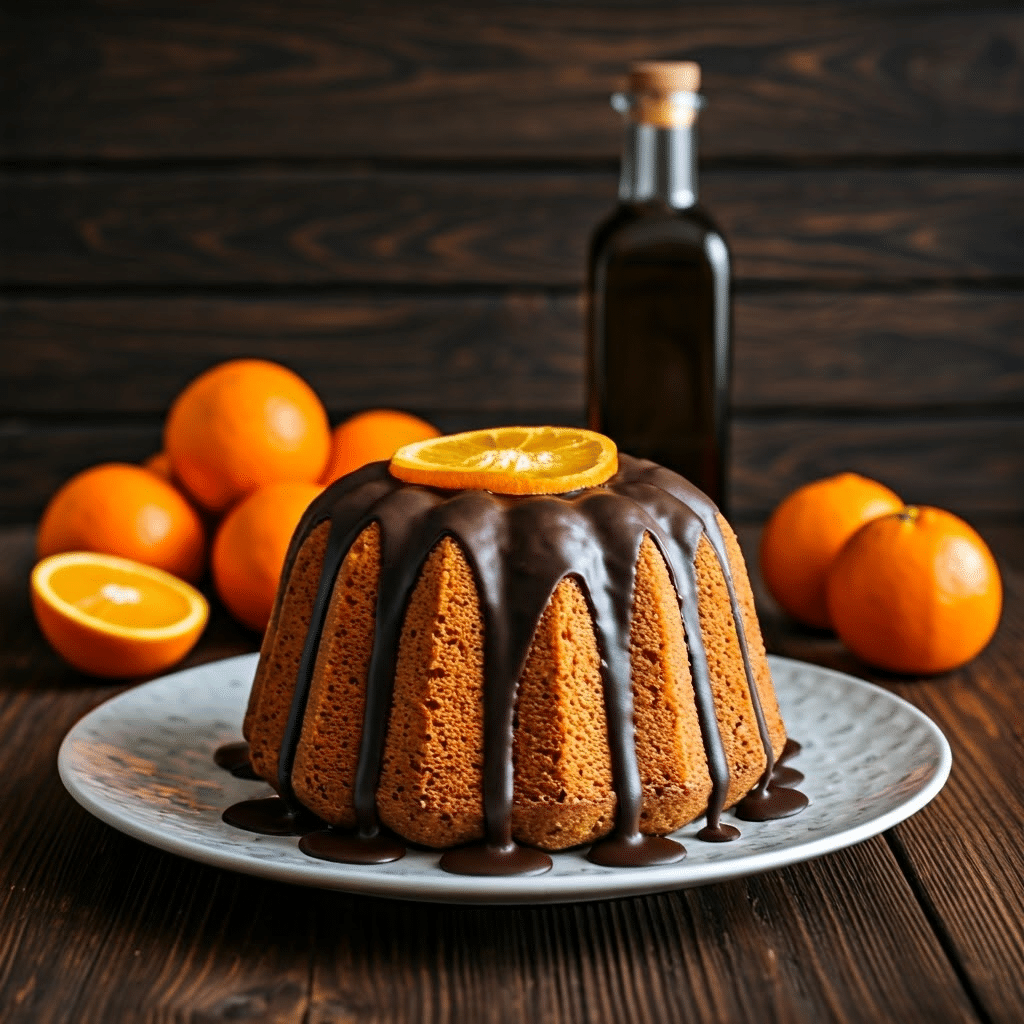
Savory Olive Oil Cakes and Desserts
Type of oil to use: Mild extra virgin olive oil
Why it works: Acts as a butter substitute and adds a subtle fruity note
Olive oil works beautifully in cakes, muffins, and cookies—especially citrus or chocolate flavours. It also creates a moist crumb, ideal for loaf cakes or tea-time treats.
Try this: A lemon olive oil cake with orange zest and crushed pistachios—light, fragrant, and deliciously different.
4. Olive Oil Marinades for Grilling
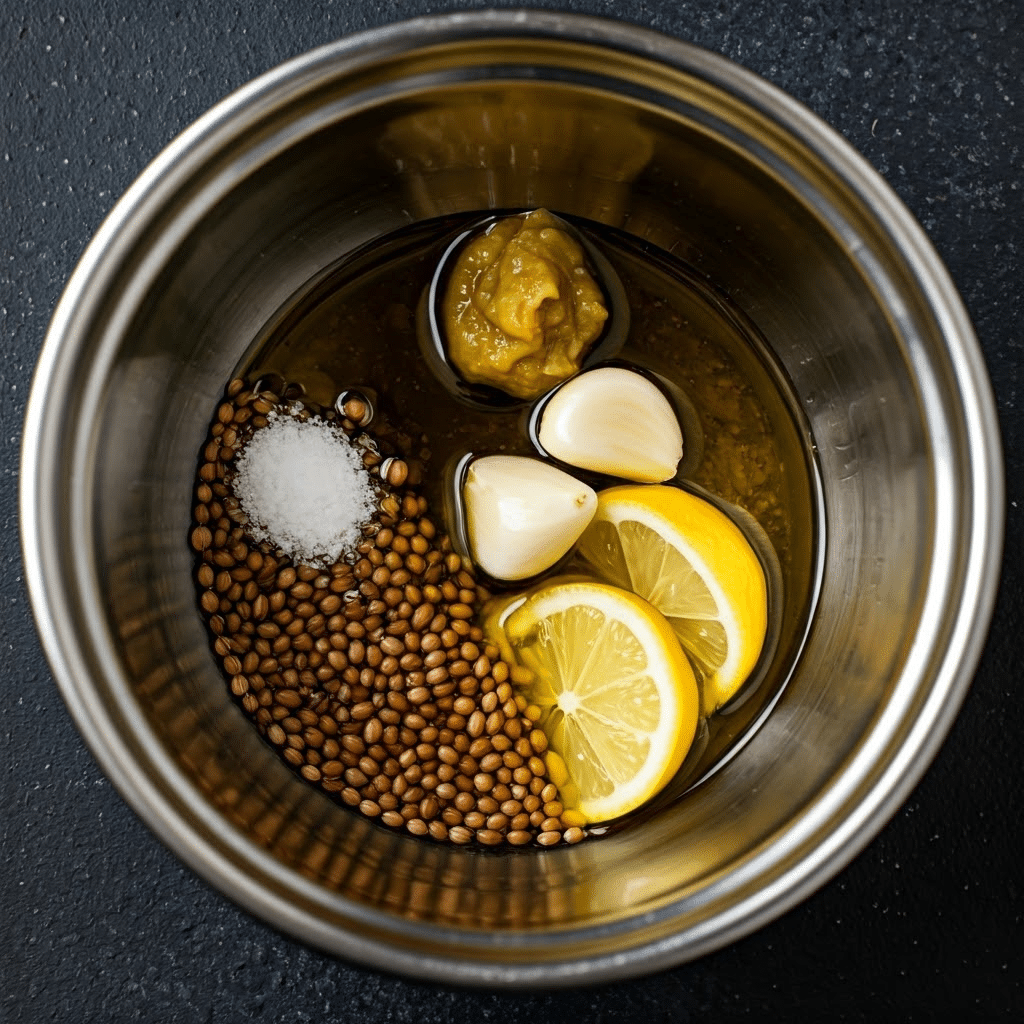
Bowl with olive oil /marinade
Type of oil to use: Virgin or light olive oil
Why it works: Locks in moisture and enhances spice absorption
Create a basic marinade using olive oil, garlic, ginger paste, crushed coriander seeds, lemon juice, and salt. Coat your paneer, tofu, or chicken and let it rest before grilling.
Use case: Great for tandoori-style kebabs or oven-roasted aloo tikka.
Also read: A citrusy olive oil salad that’s light, zesty, and anything but boring →
Conclusion
Olive oil isn’t just a health trend—it’s a genuinely versatile ingredient that can complement Indian cooking when used thoughtfully. Whether you’re frying parathas, sautéing vegetables, or finishing a rich dal with a drizzle of extra virgin olive oil, the key lies in knowing which type to use and how to treat it.
By choosing the right olive oil for each technique, preserving its nutrients during cooking, and making small but smart swaps in your everyday meals, you’re not only enhancing flavour—you’re also supporting long-term health.
Cooking with olive oil doesn’t mean giving up your favourite dishes. It means upgrading them with better fats, more nuanced flavours, and a little kitchen wisdom. Ready to make that bottle on your shelf earn its place? Start with just one recipe or tadka swap—and see the difference for yourself. dressings to create unique flavour profiles.
Frequently Asked Questions
1. How does olive oil compare to other cooking oils like coconut oil?
Olive oil, especially extra virgin olive oil, is rich in monounsaturated fatty acids, while coconut oil contains mostly saturated fats. Both have their place in the kitchen, but olive oil offers more beneficial compounds like antioxidants and anti-inflammatory polyphenols. It’s especially recommended if you’re aiming for heart-friendly cooking fats.
2. Can I use olive oil for high-heat cooking?
Yes, but it depends on the type. Refined olive oil and pure olive oil have a higher smoke point (around 230–240°C), making them suitable for high temperatures like frying or roasting. However, extra virgin olive oil’s smoke point is lower (~190–210°C), so it’s better used for medium heat or as a finishing oil to preserve its nutrients and flavour.
3. What makes extra virgin olive oil the highest quality option?
Extra virgin oil is made from the first pressing of the olives using only mechanical methods. It comes from fresh olives, has a slightly higher acidity level than virgin oil (but still below 0.8%), and retains the most beneficial compounds. Brands like California Olive Ranch are known for maintaining high standards in quality and cold-pressing practices.
4. What is the smoke point of olive oil, and why does it matter?
The smoke point of an oil is the temperature at which it starts to break down and release harmful compounds. The smoke point of olive oil varies: Extra virgin olive oil: 190–210°C. Refined or pure olive oil: 230–240°C. Choosing the right oil based on olive oil’s smoke point ensures you retain both flavour and health benefits during cooking.
5. How should olive oil be stored for maximum shelf life?
Always store olive oil at room temperature, away from direct sunlight and heat. Exposure to high temperatures can degrade its quality. Dark glass bottles or metal tins help protect the oil, especially if it’s high-grade extra virgin olive oil made from fresh olives.



